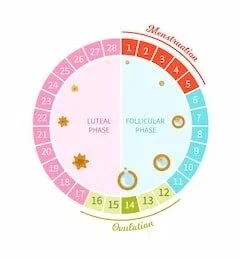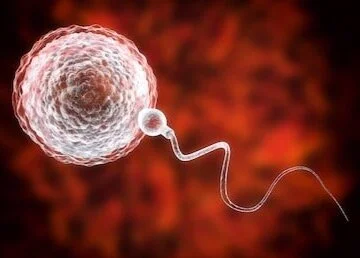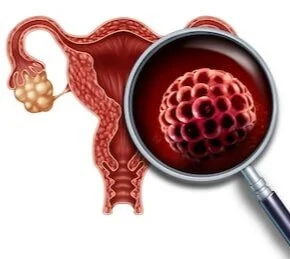How pregnancy happens
Wondering how birth control works, what a pregnancy test checks and when emergency contraception is most effective? Here are the basic steps to conception to help you understand everything else.
Step 1: Ovulation
This is the release of an egg from an ovary into a fallopian tube. The fallopian tube is like a tunnel to the uterus (where the baby grows). Ovulation occurs approximately midway between menstruation (periods).
Step 2: Fertilization
Sperm must enter the uterus (via the vagina and cervix) at close to the time of ovulation. (The “fertile window” is about 5 days before through 24 hours after ovulation. The egg itself only lives for about 24 hours, but sperm can survive in the uterus for up to 5 days!) If sperm finds the released egg (from ovulation) they may fuse. This results in a fertilized egg.
Step 3: Implantation
The fertilized egg is now able to embed in the wall of the uterus. This usually happens a week or two after fertilization. When the fertilized egg is implanted it releases human chorionic gonadotropin (or hCG) which is what most pregnancy tests measure.


